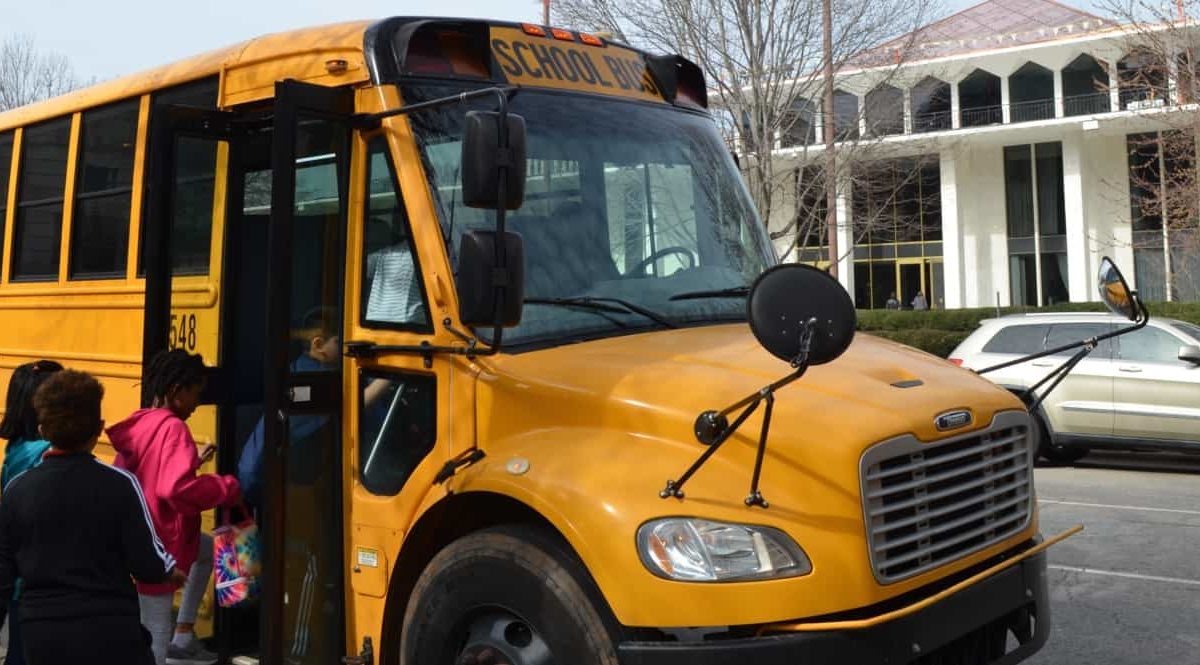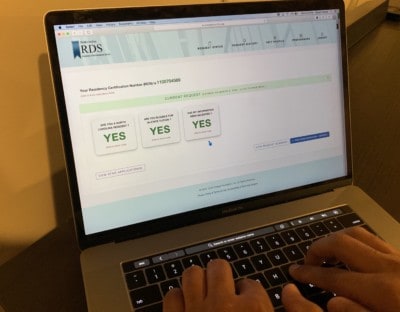

If you’re on Nextdoor, Twitter, or Facebook, you’ve probably seen reactions from Wake County property owners who are opening their property tax bills this week and finding an increase of almost 10%. If you’re wondering (1) why the property tax bill increased, and (2) how the biggest recipient of the tax dollars — public schools — is using the money, read on.
Why the Wake County property tax bill is higher
Last month, the Wake County Board of Commissioners voted 6-1 to adopt a $1.47 billion budget for the upcoming fiscal year. More than half of that budget, 54%, will fund schools. The remaining 46% will go toward public health, safety, and quality of life, the Commission says.
To fund the budget, the county’s property tax increased by 6.63 cents, bringing the rate to 72.07 cents for every $100 of property value. Of the 6.63-cent increase, 3.8 cents fund projects identified by the three bonds voters approved in November 2018.
These include the:
- $548 million WCPSS construction bond;
- $349 million Wake Tech infrastructure improvements bond; and
- $120 million parks, recreation, greenways, and open space bond.
Of the remaining 2.83 cents, 1.98 cents will fund increases for public school operating needs, and 0.85 cents will fund county operating expenses.
Outside of public school allocations, according to a press release from Wake County commissioners, money is going to things like:
- “Adding five ambulance shifts and hiring 20 EMTs and paramedics to operate them. This investment will help Wake County EMS respond more rapidly to increasing calls for service;
- Adding 14 new positions to the county’s Child Welfare division to lower the average caseloads for our social workers, enhance their ability to protect our youngest residents and strengthen efforts to help the children in our care find permanent, loving homes;
- Providing funding to the Wake County Board of Elections, so it can hold the March presidential primary election and operate 11 early voting sites across the county;
- Investing in IT security upgrades and network improvements to expand protections against ransomware and phishing scams, which can put our data at risk; and
- Increasing accessibility to our public libraries by opening new and improved libraries in Cary, Fuquay-Varina and Morrisville. This budget will also expand Sunday hours to six more libraries and eliminate late fees for all library patrons.”
2. How Wake County Public School System is using the tax dollars
The budget includes more than $500 million for public schools, which represents an increase of about $45 million for local funding of education. Of that amount, almost $19.6 million is driven by state requirements, which includes compliance with laws that reduce K-3 class sizes and allocate proportionate per pupil funding to charter schools.
“As a North Carolina school district without taxing authority, we greatly appreciate the past several years of steady and generous support from our Wake County Commissioners,” Wake County Superintendent Cathy Moore wrote in her budget letter earlier this year. “But an increase in financial obligations required by the state, coupled with a loss of budget flexibility approved by the General Assembly, has restricted our ability to provide children with the support we believe they need.
“In fact, 40 percent of my proposed request for increased local funding addresses only state requirements, such as money passed directly to charter schools, consequences of new class-size legislation and the local share of pay increases, retirement funding and hospitalization costs.”
The dollars allocated to it, say Wake County Public Schools System, are vital. These local tax dollars provide the district with 30% of its funding. The state legislature provides roughly 59% of the school system’s funding, though the state budget for next year has not yet been approved. The federal government provides 7% of the school district’s funding, while the final 4% comes from various sources that do not require tax dollars.
According to the district, highlights of where the increased $45 million are going include:
| $19.6 million |
Legislative Impact |
| $8.2 million |
New Schools |
| $2.4 million |
Special Education Services |
| $3.8 million |
Non-Certified Salary Increases |
| $2.5 million |
Deferred Maintenance Needs |
| $3.7 million |
Extra-duty Pay Increase |
| * Source: Wake County Public Schools System |
“The salary issues that we talk about here are for the local supplement,” said Jim Martin, chair of the Wake County Board of Education. “So Wake County adds to the salaries from what the state provides, and it’s important that we have that supplement because Wake County has a higher cost of living than the rest of the state does and we need to be able to recruit and retain our best teachers.”
Martin says he’s heard some of the consternation, and specifically called out questions he’s heard about why the district needs so much more money if it grew only 42 students over last year. But he said that number is misleading for two reasons.
First, while the district only added 42 more students, the number of Wake students in charter schools rose by 1,538 pupils, which he said impacts the funding needs. Second, the 42 additional students is a net figure. While there are fewer students in some areas of Wake County, there are more in others, and the areas where there is substantial growth require new schools.
“If you look at Western Wake County, it is growing at a much faster rate,” Martin said. “I think it grew by 1,400 students last year. So [there] we need a new school.”
While the investment in schools is substantial, Martin believes it is wise.
“Per chance — just per chance — we might spend just a little bit too much supporting our teachers or our students, what harm would that be to Wake County?” Martin asked. “I think that perspective is important because we’ve gotten into this mentality of cut, cut, cut. But I actually believe in investing in our future. And if we invest in our children, we’re all going to have a great future.”


